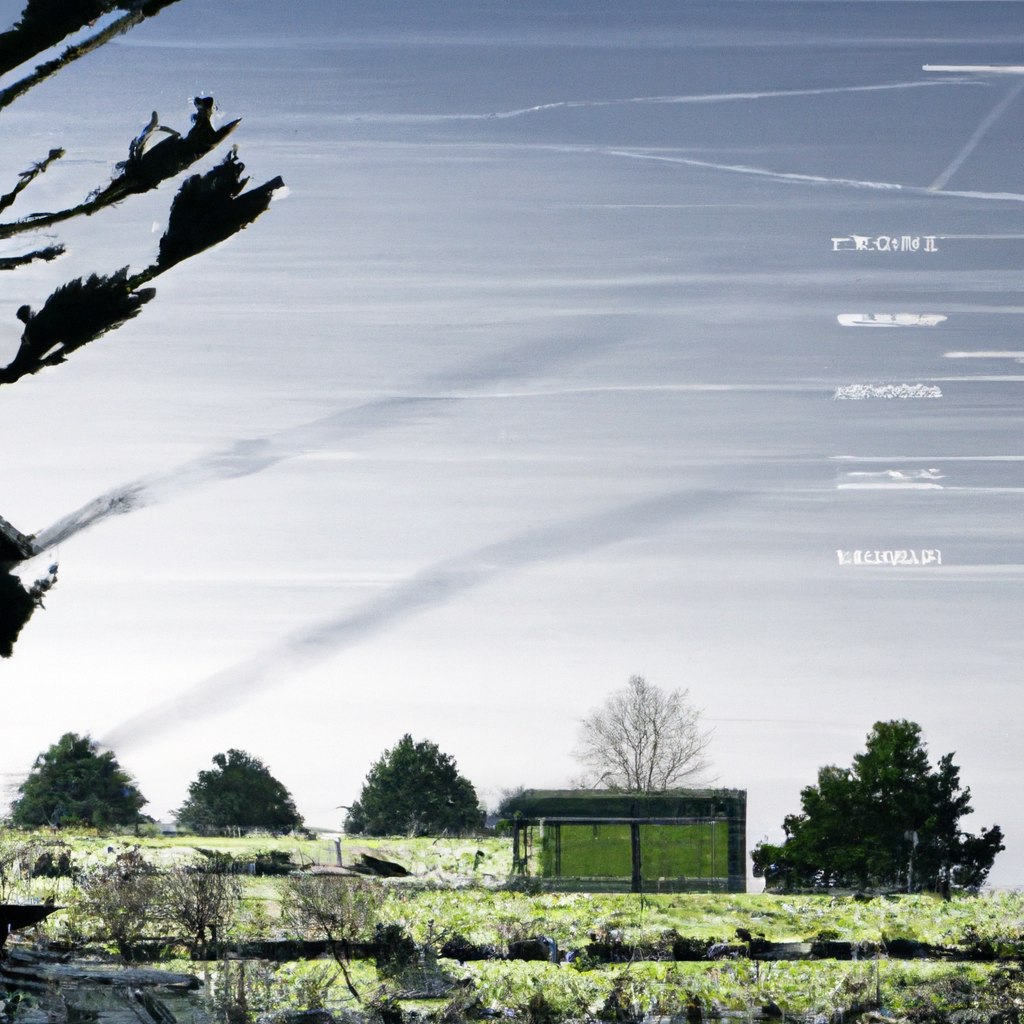Your cart is currently empty!
Achieving the right climate in cannabis cultivation can significantly impact plant health, yield, and cannabinoid profile. While many growers face challenges, understanding and utilizing effective climate control strategies can lead to a successful harvest. This article explores critical aspects of climate control in cannabis cultivation and provides actionable insights.
Understanding the Essentials of Climate Control
Climate control plays a vital role in cannabis cultivation, influencing growth stages and overall health. The key elements to consider are temperature, humidity, and airflow.
- Temperature: Optimal temperatures range from 68°F to 77°F (20°C to 25°C) during the daytime, with a slight drop at night.
- Humidity: Relative humidity should be modulated based on growth phases, starting at 70-75% for seedlings and reducing to 40-50% during flowering.
- Airflow: Proper ventilation is essential to prevent mold and strengthen plant stems.
Common Climate Challenges and Solutions
Even experienced growers encounter climate-related challenges. Here, we detail common issues and their solutions:
- Temperature Fluctuations: Use heaters or coolers and thermal curtains to stabilize temperatures.
- High Humidity: Install dehumidifiers and ensure sufficient air circulation.
- Insufficient Airflow: Implement fans strategically to mimic natural breezes and ensure evenly distributed CO2.
Utilizing Technology for Climate Optimization
Embracing technology can transform climate control from a manual task to an automated process. Consider these technological advancements:
- Smart Sensors: Deploy smart sensors for real-time monitoring and adjustments of environment variables.
- Automated Systems: Advanced systems can adjust climate settings automatically based on sensor feedback.
- Data Analytics: Use analytics software to predict climate needs and improve decision-making processes.
Case Study: Successful Climate Control Implementation
Green Valley Farms, a mid-sized indoor cannabi-cultivation facility, implemented an integrated climate control system. By optimizing temperature and humidity, they saw an increase in yield by 20% in just one growth season. This success demonstrates the impact of effective climate management on productivity.
Conclusion
Optimizing climate control is essential for successful cannabis cultivation. By understanding the key elements and employing technological solutions, growers can overcome challenges, ensuring a healthy, robust harvest. Implementing these strategies will not only improve yield but also enhance plant quality and cannabinoid potency.
Tags: ClimateControl, CannabisCultivation, Advanced Growing Techniques, SmartAgriculture, IndoorGrowing


Leave a Reply